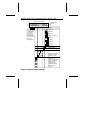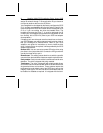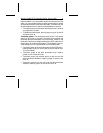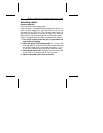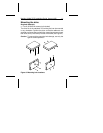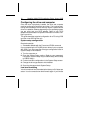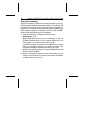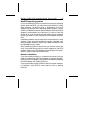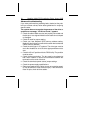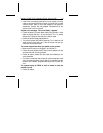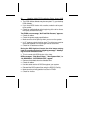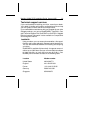
High-level formatting
High-level formatting verifies the information written by the low-
level format and builds the file allocation table (FAT) used by DOS
to access files on the drive. If you put more than one partition on
the drive, you must high-level format each partition. Refer to your
DOS reference guide for instructions. Use the DOS FORMAT
utility to high-level format the drive as follows:
1. Type the following command at the DOS prompt:
format
drive:
/v /s
drive
: designates the drive you are formatting. If you are
formatting the boot drive or if your system contains only one
drive, type c:. To format a second drive, type d:.
/v tells the computer to create a volume label for the partition
after it is formatted. Labeling can prevent someone from
accidentally deleting the partition and losing your data.
/s tells the computer to copy the necessary system files to the
drive to make it bootable.
2. When the computer prompts you for a volume label, you can
assign a name to the drive volume of up to eleven characters
or leave it blank. Press
ENTER.
14 Medalist 1080sl SCSI Installation Guide, August 1995




